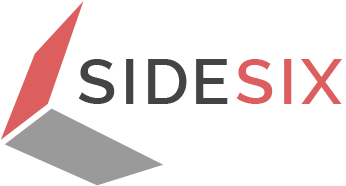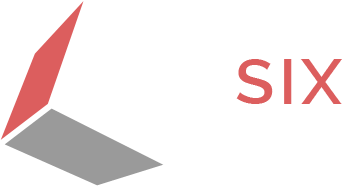Tech or Treat: 3D Printing is Spooky Business
Halloween is the season for tricks, treats, and, of course, horror movies. Since Lon Chaney first pioneered monster makeup with classic monsters like the Phantom and Werewolf in the 1920s, horror makeup and special effects are an integral part to any scary movie. However, most don't realize how much manual work is involved in the creation of makeup prosthetics.
Television shows like Face Off on SYFY have shown viewers the process, from design to sculpting, molding to application and paint. Depending on the complexity of the sculpt, a single prosthetic could take months to meet a client's specifications. That can be costly and frustrating to both the client and company, but technology is stepping in to streamline the process and help bring even the most realistic, complex designs to life in a fraction of the time.
Technological advances such as CGI and 3D printing are being combined to create special effects for movies and costumes. Major creature design studios use 3D modelling software to create their sculpts with more flexibility than an initial physical design. This also allows them to save their creation and replicate it quickly and precisely without having to run a plaster mold in foam multiple times. After the sculpt is completed on the digital platform, the creation is then realized with specialized 3D printers. These printers help to create more realistic movie props and prosthetics with seamless edges, which is a must with the advent of high-definition movies and the impending 4k device consumer market.
Besides the entertainment industry, a wide variety of other verticals are adopting 3D printing as a popular means for rapid prototyping including automotive, dental, medical, and high-tech. Benefits such as reduced speed-to-market time and early defect detection will continue to attract more attention from new businesses as they identify ways to increase the quality of their products and, ideally, reduce costs. 3D printing is an exciting concept to us because it literally brings the world of software design and development into a physical reality and we are anxious to see what new opportunities arise as the technology continues to advance.














